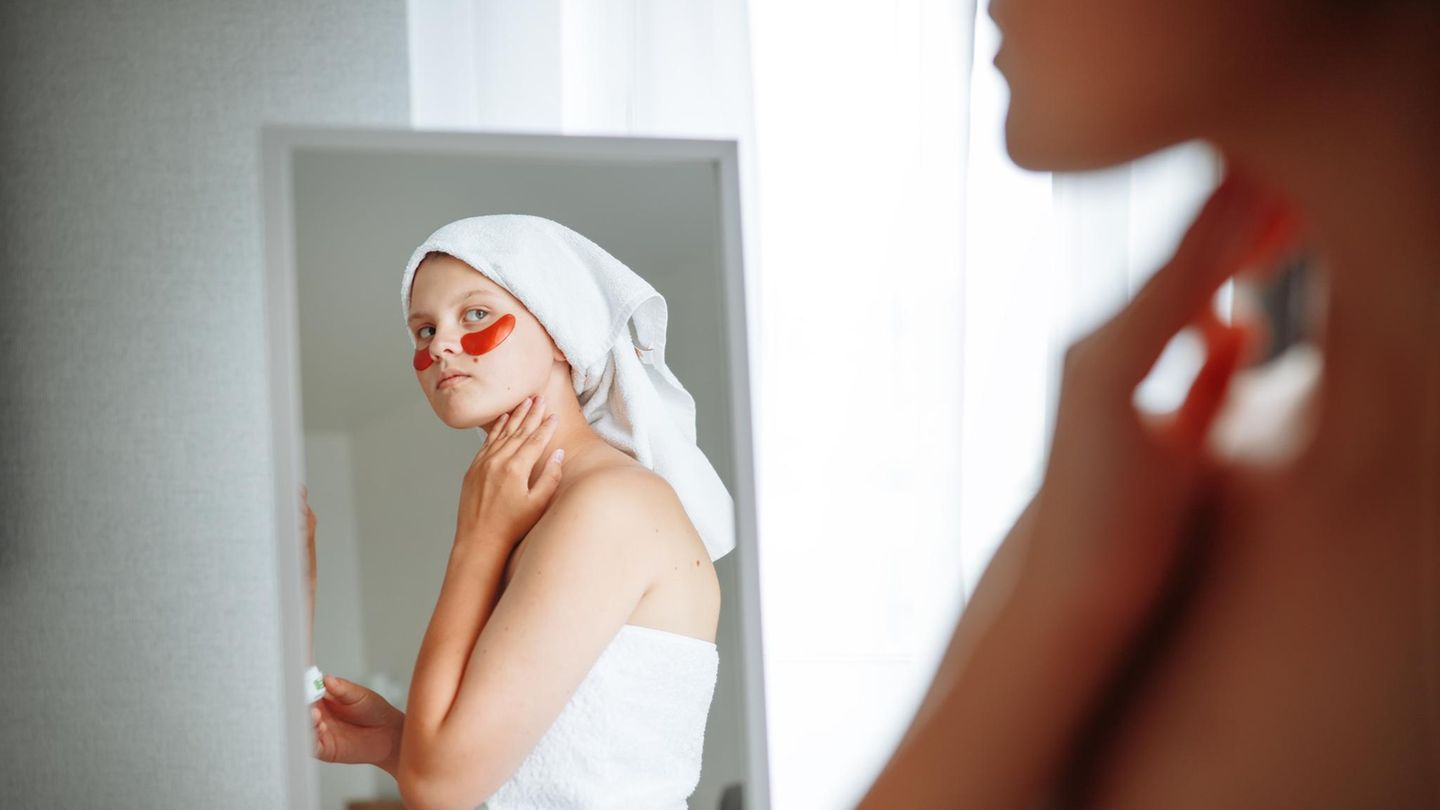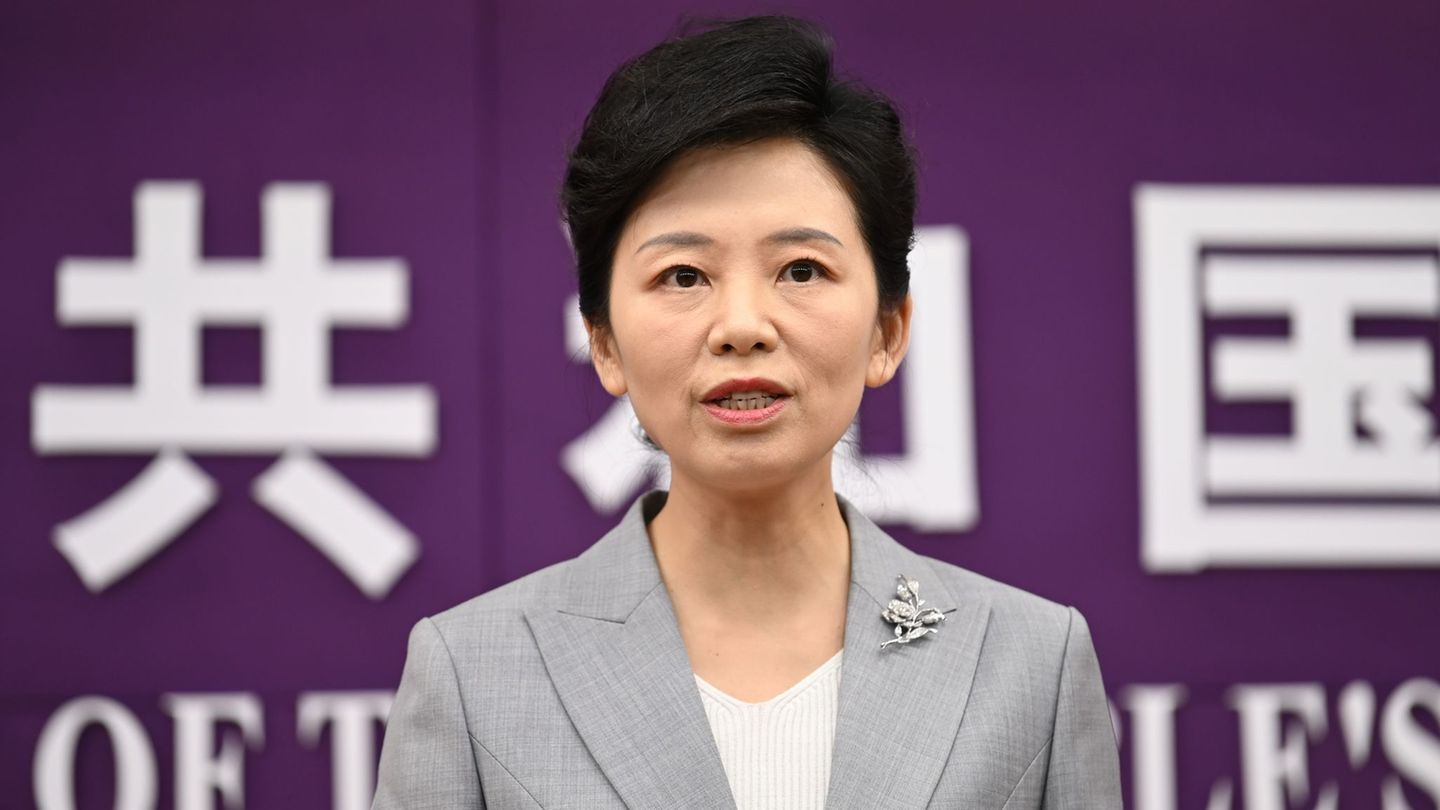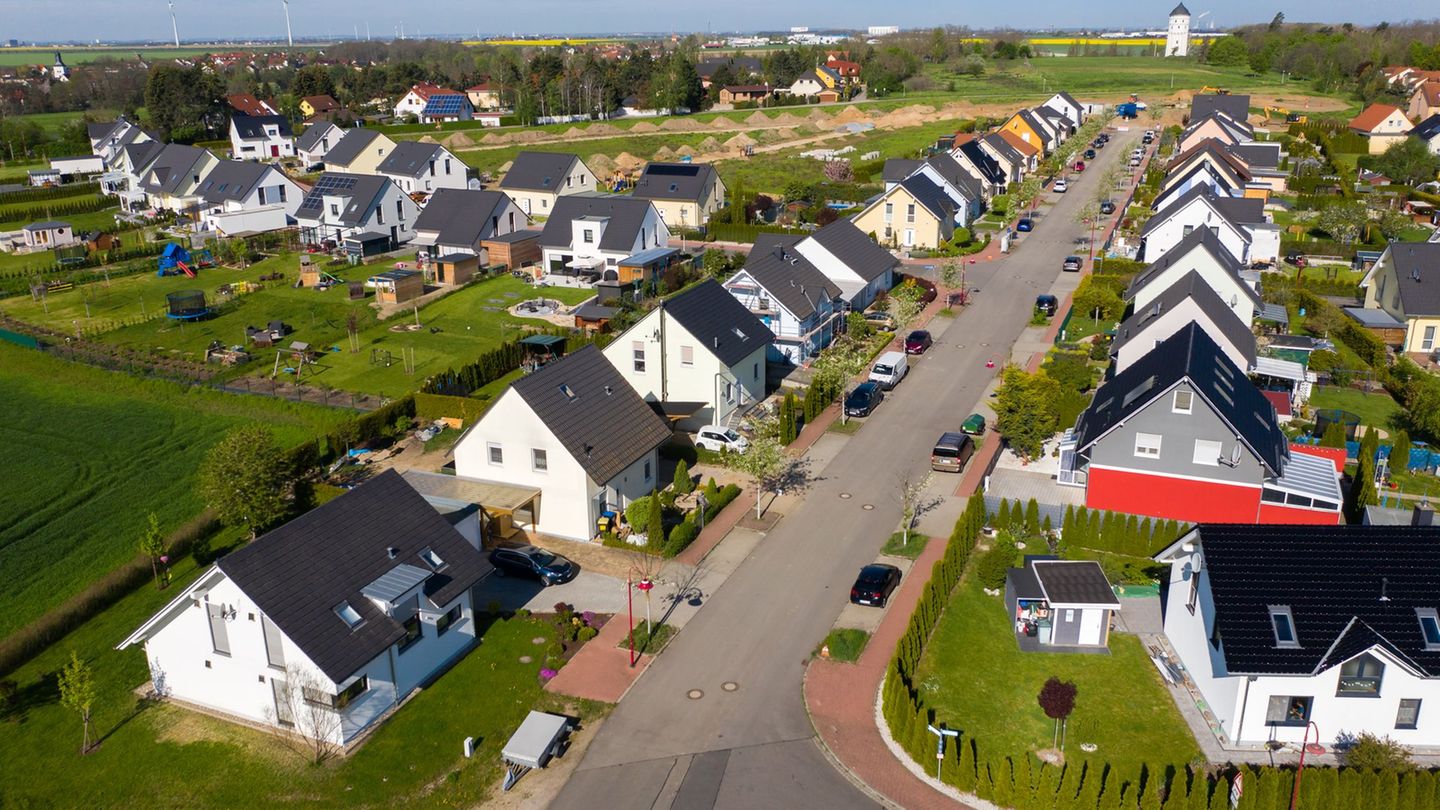Self -optimization delusion
Is social media massive young people into eating disorder?
Copy the current link
Add to the memorial list
They reject their role models on social media and fail because of reality. The result: eating disorders increase. A group is particularly affected by the development.
Be beautiful, be flawless and perfect – many strive for that. But in particular, according to a health insurance, the trend towards self-optimization on social media platforms leads to massively increasing numbers of eating disorders, especially among girls and young women. The number of cases of anorexia, bulimia and binge eating- pathological eating attacks increased, especially among 12- to 17-year-old girls. From the pre-Corona year 2019 to 2023, she climbed from 101 to 150 cases each, as the KKH Commercial health insurance announced. That is an increase of almost 50 percent – in no other group, the increase is so clear.
The booming self-optimization scene and questionable ideals could lead to reduced self-esteem and even mental illnesses such as eating disorders, particularly with adolescents.
Excessive claims can make you sick
“In a phase of life in which one’s own identity is not yet consolidated and self-esteem is often only weak, such exaggerated demands on their own appearance can become a great burden,” said KKH psychologist Franziska Klemm. She warned: “The more intensely the use of social media, the greater the risk of dissatisfaction with your own body and associated eating disorders.”
For the investigation, the health insurance company evaluated the data of its own insured from 2019 to 2023. The basis is around 1.66 million KKH insured persons in 2023, including around 90,300 girls and boys between the ages of 12 and 17. According to its own statements, the KKH currently has around 1.5 million insured persons.
High pressure to correspond to beauty ideals
According to the psychologist, girls are particularly susceptible to girls – who are not only addressed directly by such videos, but also more concerned with themselves than boys. They compared themselves more often on social media and felt higher pressure to correspond to the ideals of beauty. In addition, many are not aware that life on social media is usually staged. And yet: While stars such as supermodels or Hollywood actors seemed unattainable anyway, there is “a certain approaching” on social media.
In the boys of the same age, on the other hand, the number of those affected almost stagnated – an increase of over four percent or an increase of 34 to 36 cases per 10,000 insured persons.
Among the 18- to 24-year-old women, the cash register determined an increase of 25.1 percent, and the number of women concerned increased by 10.4 percent. According to the extrapolation of the insurance, almost 460,000 people in Germany had a diagnosed eating disorder in Germany – 7.5 percent of which were girls between the ages of 12 and 17.
Danger of eating disorder
In countless videos, slim women told of their “trip to the ideal body”, at the same time a “virtual beauty police” praised beauty macelaries such as round, full faces (“cortisol face”) or even overweight big toes (“toeSity”) warned the cash register. “Enlightenment alone doesn’t help,” emphasized Klemm. It is more effective to promote a positive self -image and to strengthen the critical use of beauty ideals: “It is demonstrably protected against the development of an eating disorder.”
In addition to participating in prevention programs, young people could do a lot themselves, said Klemm: “It is important to become aware of the discrepancy between beautiful online representations and reality. Specifically, that means going out and looking at how people really are.” And: A strategy is a more sensitive way of dealing with social networks-so: spend less time with it and take social media breaks.
Dpa
TPO
Source: Stern
I’m Caroline, a journalist and author for 24 Hours Worlds. I specialize in health-related news and stories, bringing real-world impact to readers across the globe. With my experience in journalism and writing in both print and online formats, I strive to provide reliable information that resonates with audiences from all walks of life.





